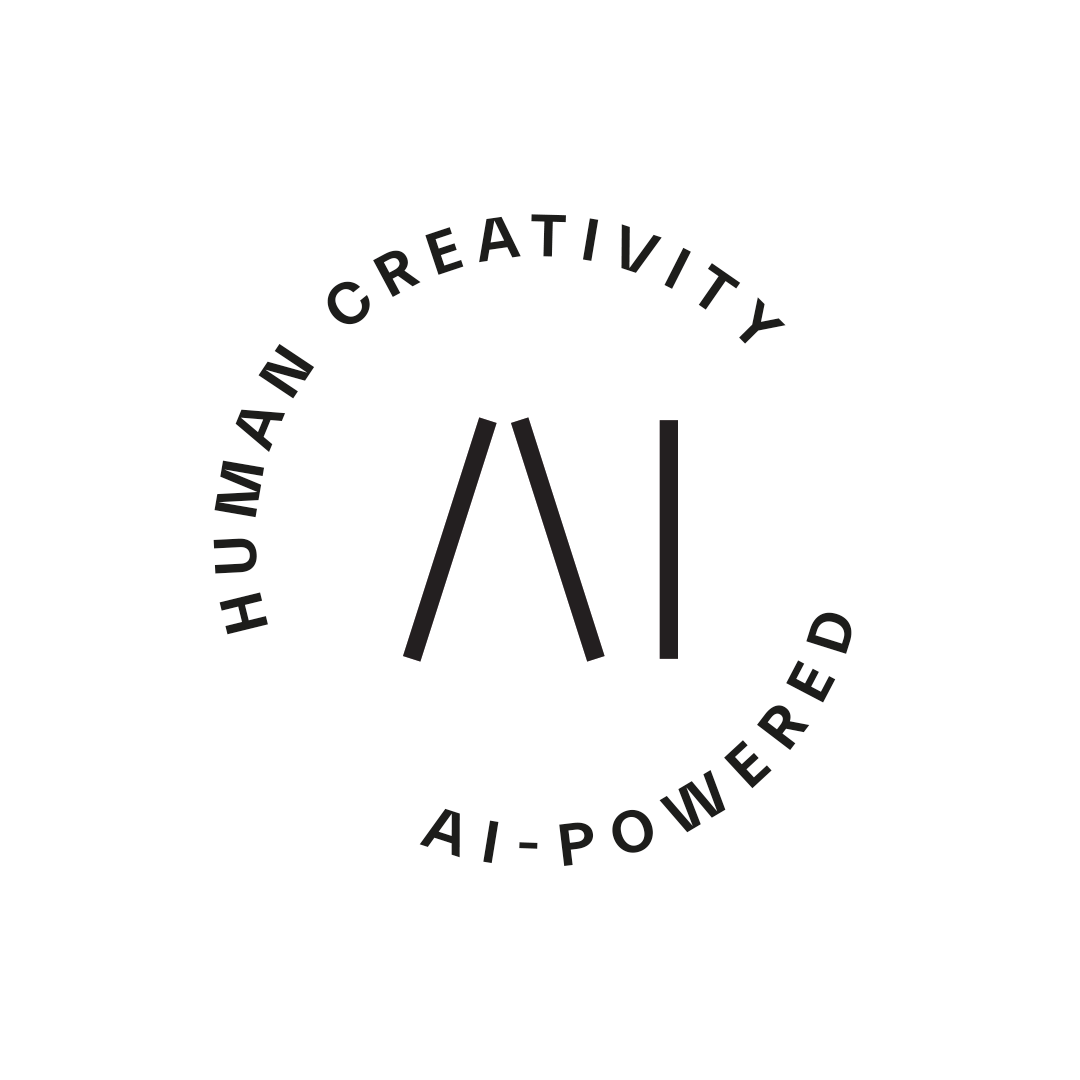
AI’s impact on product development goes far beyond automation. The real advantage lies in how organizations apply it strategically—to move ideas to production faster, deliver greater customer value, and scale efficiently. On 14th November we hosted Executive Roundtable for digital development leaders to discuss this topic. This article expands the discussion to explore four AI levers that define the next era of product leadership.
Artificial intelligence is redefining how products are conceived, built, and evolved. But the true potential of AI in product development isn’t about incremental gains or automating isolated tasks. It’s about radically rethinking the flow of value — from idea to impact.
We are collaborating with several Finnish product organizations and exploring what does an AI-Native development process of the future look like, and more importantly how to turn it into a competitive advantage.
For most leading companies today, it is already self-evident that software development is becoming more efficient with AI. But what is interesting, is that the most impactful Agentic use cases often are not about software code creation, but something that happens before coding.
AI follows strategy, not the other way around
AI can be applied at any stage of the product lifecycle—but without clarity on why, it risks becoming “efficiency theater.” True transformation happens when AI directly reinforces strategic goals:
- Throughput for scaling delivery
- Customer Value for differentiation
- Cost Efficiency for margin protection
- Time-to-Market for competitive agility
Before deploying a single agent or workflow, ask:
What will we do with the performance we unlock?
It is not (always) about coding efficiency
Software engineering itself has never been faster. AI-Powered coding, automated QA, and AI-enabled DevOps pipelines have brought groundbreaking opportunities to accelerated build velocity dramatically.
So is it then a natural choice to invest in making development teams work faster?
- Yes - if your bottleneck is the throughput of software development and you need to get a big volume of features on the market quickly.
- But No - if your primary goal is to create more customer value, or to improve time-to-market for the chosen highest priority ideas
The biggest struggle for many organizations is to get the most impactful great ideas into customers’ hands quickly. But when looking at the whole process, the software development is only the final realization the idea. And there is only so much you can do in the last phase.
Often valuable ideas spend months waiting for validation, prioritization, or alignment. Teams know how to build; they’re just not always building the right things soon enough.
So how can you then find the biggest impact from your AI Investments?
Four strategic levers for AI-Enabled advantage
AI represents raw capacity. The organizations that win will be those that apply it with strategic intent.
Based on Siili’s research and applied experiments, we’ve identified four levers that define how AI creates measurable advantage:
| Lever | Growth Opportunity | Efficiency Gain |
| Throughput | Accelerate product delivery to match market pace and expansion goals. | Identify and eliminate flow bottlenecks across the product lifecycle. |
| Customer Value | Prioritize features that increase differentiation and market share. | Gain superior market understanding, validate early to avoid overbuilding and resource waste. |
| Cost Efficiency | Scale reach without scaling headcount or cost base. | Leverage automation, reuse, and standardization for sustained ROI. |
| Time-to-Market |
Capture first-mover advantage in evolving markets. | Reduce coordination overhead, handoffs, and waiting time. |
Each lever represents a different AI application pattern—and a distinct path to competitive advantage.
-
1. Throughput: Expanding the flow of work
A throughput of a system can only be as good as its weakest part. For optimizing throughput, it is crucial to find bottlenecks in your process that are the biggest constraints. The constraints may be anything limited capacity in the process – in software related process it is typically of human nature. It could be a single person or a role, a team, or a labour intensive review or approval process
So when looking for increasing throughput, the AI investment needs to be carefully targeted into the primary constraint. For example; for many organizations, the bottleneck isn’t the development team — but rather the product owner. In this setup making the development team more efficient will not move the throughput needle.
Impact: More features, delivered faster — with the same team.
-
2. Customer value: Building what truly matters
Customers can adopt new features only up to a certain point, so in most cases scaling up throughput infinitely does not make sense. For many companies the focus should be more on improving the quality of features – how must customer value or revenue does each new feature generate.
AI enables this shift by improving signal quality in early discovery. Real-time market analysis, synthetic customer testing, and feasibility simulation agents help teams prioritize with confidence.
For growth-oriented leaders, this means sharper differentiation.
For efficiency-driven leaders, it means reduced waste and rework.
Impact: Teams build more valuable features, faster.
-
3. Cost efficiency: scaling impact, not expense
Traditionally, product growth has meant growing teams. AI changes that equation.
When looking to improve cost efficiency, the value comes from augmenting and automating high-volume tasks. Here a natural path is to look for efficiency improvements in large volume, somewhat standardized practices, like software development.
Coding agents, reusable component systems, and QA automation make it possible to increase delivery capacity without increasing headcount or gain cost advantage on highly competitive markets.
For growth-focused organizations, this unlocks faster scaling into new product lines or markets without adding costs in a similar proportion
For efficiency-focused ones, it improves cost-to-value ratios while protecting quality.
Impact: Smarter use of capital, consistent delivery performance, and sustainable growth.
-
4. Time-to-Market: Eliminating the wait
For a faster time-to-market, the same measures that help in driving cost efficiency and throughput have a positive impact to some degree. But often the biggest gains can be received by simply reducing the amount of non-productive time, that is typically waiting for something or someone
Even with agile teams and modern tooling, large organizations lose significant time in coordination—approval cycles, handoffs, dependencies. Root causes may also be congested backlogs, or limited access to stakeholders.
Here the value of AI comes from assisting in process flow, managing complex dependencies and acting as a proxy towards stakeholders.
In a longer term we see the enterprise agile methodologies transforming to powerful AI orchestrated paradigms. As AI executes a growing part of the practical work with a lightning speed, heavy coordination layers for human work are becoming a limiting factor in time-to-market. And as AI is building capabilities orchestrate work, the need to manage human complexity is reduced, making the enterprise agile frameworks irrelevant for modern work.
Impact: Products reach customers faster, teams regain focus, and decision latency drops dramatically.
From Faster to Smarter: The next evolution of product development
The next wave of AI in product development won’t be defined by coding bots or automation hype. It will be defined by organizations that align human insight, intelligent systems, and strategic focus—turning velocity into long-term advantage.
For growth-focused leaders, that means building the next generation of market-responsive products.
For efficiency-focused leaders, it means creating predictability, resilience, and sustainable returns.
Either way, the future of product development isn’t just faster.
It’s smarter
.png)
